LunaDNA and Nebula Genomics are offering incentives in hopes of getting consumers to share their data with scientific “bio-banks”.


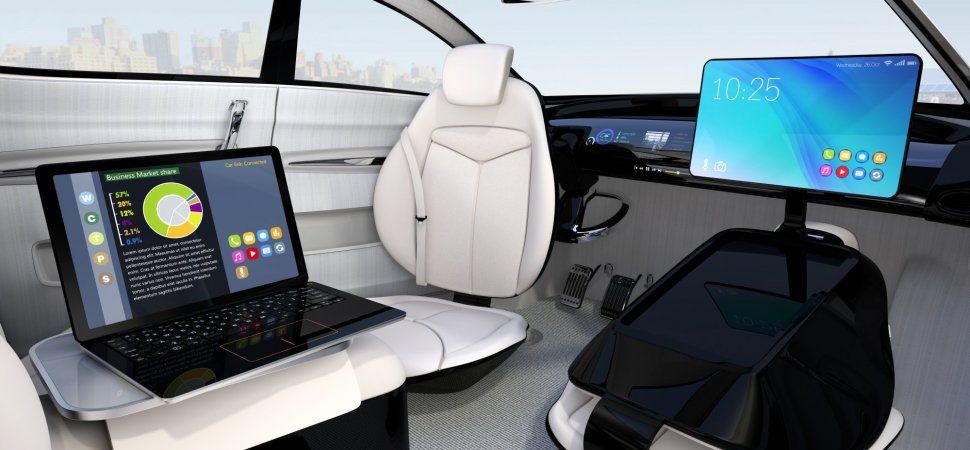

The European Commission is proposing a ban on around 10 single-use plastic items that it says account for approximately 70 percent of all garbage in the European Union’s waters and beaches, including cutlery, straws, cotton buds, plates, some coffee cups, and stirrers, CNN Money reported on Monday.
According to CNN’s report, it’s part of a broader plan to shift the European economy away from single-use products that end up going straight into the garbage or the street:
The legislation is not just about banning plastic products. It also wants to make plastic producers bear the cost of waste management and cleanup efforts, and it proposes that EU states must collect 90% of single-use plastic bottles by 2025 through new recycling programs.
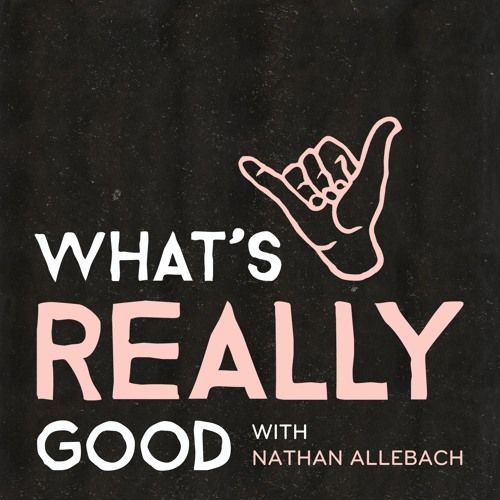
A new podcast I did that talks about #transhmanism:
Zoltan Istvan is a transhumanist, futurist, author, and journalist. He’s a former reporter for National Geographic, ran for president in 2016, and is running for governor of California in 2018 under the libertarian party. In this episode we got into what transhumanism is, what his policy platforms are, and tackled a lot of the questions people generally have around these topics. Enjoy!
Follow Zoltan at @ zoltan_istvan on Twitter.

Other than the United States, 5 U.S. territories and 12 sovereign nations use the US dollar as their legal currency. (Note that Micronesia covers six sovereign countries).
Additionally, I have traveled to island nations and some countries in Asia and Pacific that peg their currency to the US dollar. In these regions, citizens accept US dollars interchangeably with their own national currency, and their governments don’t seem to discourage or prosecute such transactions.
What gives value to paper?
Around 350 BC, Aristotle worked for the Greek council, trying to get farmers, weavers, chariot makers and tradesman to use government issued currency for the exchange of goods and services, rather than bartering with neighbors. This would not only facilitate taxation and public works, but it would help farmers to store and forward their wealth, instead of seeing their assets perish with each change of season.
He reflected on what makes a currency trusted and functional. He felt that one critical trait was “intrinsic value”. Today, most economists interpret this phrase as a currency having inherent or self-contained value. That is, it mustn’t be paper nor even a promise of redemption (for example, a picture of Caesar). And it mustn’t rely on the ‘good faith and credit’ of citizens. After all, nations are subject to the whims of transient politicians and any economy can collapse because of war, drought or over-spending. Rather, the money must be made from something of useful and dense value. For example, it could be gold, silver or some useful thing, like chocolate, coveted jewelry or a tool.
Today, money is no longer backed by gold or even a government promise of redemption (offering to exchange dollars for gold, grain, goats or land). For developed nations, this backing—a method of establishing intrinsic value—ended between 1971~1973, when President Richard Nixon dissolved the Bretton Woods Agreement and withdrew the promise of a conversion guaranty.
Instead, today, the value of national currencies floats in response to supply and demand.
Supply and demand is a natural economic mechanism, and for fluid and widely distributed commodities, it can be an elegant solution to the problem of establishing value, function and durability—but only if the supply is capped or very tightly regulated and the issuer is trusted by individuals, organizations and nations that quote prices, save or trade with the currency.
Unfortunately, this is not the case for any national currency across the world.
Today, it’s all about trust—Trust in the ability of a country to return the goods and services that were bought by their people and trust in their government to avoid printing more money, which depreciates savings, redistributes wealth, and cheats creditors through the insipid dilution of inflation.
Whenever a government prints money, it reneges on debt and breeches the trust of creditors.
Why would any country substitute the currency of another country?
One need only look at this Zimbabwe money to understand why an independent nation might substitute the US dollar as legal tender. The same has happened to Argentina, Greece, Venezuela and Germany between the wars.
It was withdrawn from circulation in 2008. At the time, it was worth US 40¢ (40 cents). Today, Zimbabwe uses the US dollar as its legal currency, because its spending value is stable relative to monies issued African central banks. That is, the citizens trust the US dollar to resist inflation—and so they use it to store and trade their hard-earned wealth.
Is Adoption of the US Dollar growing around the world?
The days of our friends and enemies trusting the dollar or even using it to negotiate large international trades is gradually coming to an end. This is changing, because:
1. Bitcoin is gradually displacing the dollar as the world’s reserve currency. Even though it is slow to gain traction as a commercial and consumer payment instrument, it has all the components of an ideal currency for large international quotation, exchange and settlement.
The fundamental reason for the gradual trust in Bitcoin is illustrated by these graphs. Bitcoin is a capped commodity backed by a robust 2-sided network. Understanding and trust in its distributed consensus mechanism is growing. It cannot be manipulated by transient politicians. Nations that use it for significant transactions cannot be cheated when their trading partner or a 3rd party prints money to cover their own shortfall. It is an ideal reserve settlement instrument.
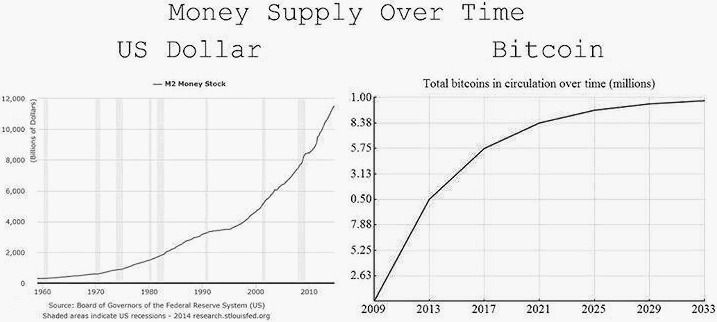
2. In recent decades, the dollar is built on debt rather than domestic output, a trade surplus, or high quality credit. This creates the potential for a collapse, if US citizens or creditor nations begin to doubt the likelihood of the United States reversing its slumping exports and staggering trade imbalance.
3. In recent years, the United States has lost gravitas in world forums due to the projection of power beyond its borders without a clear mandate or international support, and its recent lack of leadership in issues like the environment, trade accords and arbitrating regional peace agreements. This impression—along with the erratic statements and behavior of U.S. politicians causes both allies and enemies to seek an alternate reserve currency. Why so? …
A reserve currency is an international quotation and settlement instrument—even when the United States is not a party to a sale or transaction, and even if one or both parties is not a US ally. Many countries, banks and producers (of oil, food, military gear, etc) do not desire or appreciate the tremendous side-benefit that accrues to USA.
In effect, when you adopt the currency of one nation as the reserve currency for others, you grant credit to that country, without collateral. You allow them to print money without substantive backing, guarantees or even a balance of trade that makes it likely you will be repaid without the dilution of inflation.
Ellery Davies co-chairs CRYPSA, hosts the New York Bitcoin Event and is keynote speaker at Cryptocurrency Conferences. He sits on the New Money Systems board of Lifeboat Foundation. Book a presentation or consulting engagement.
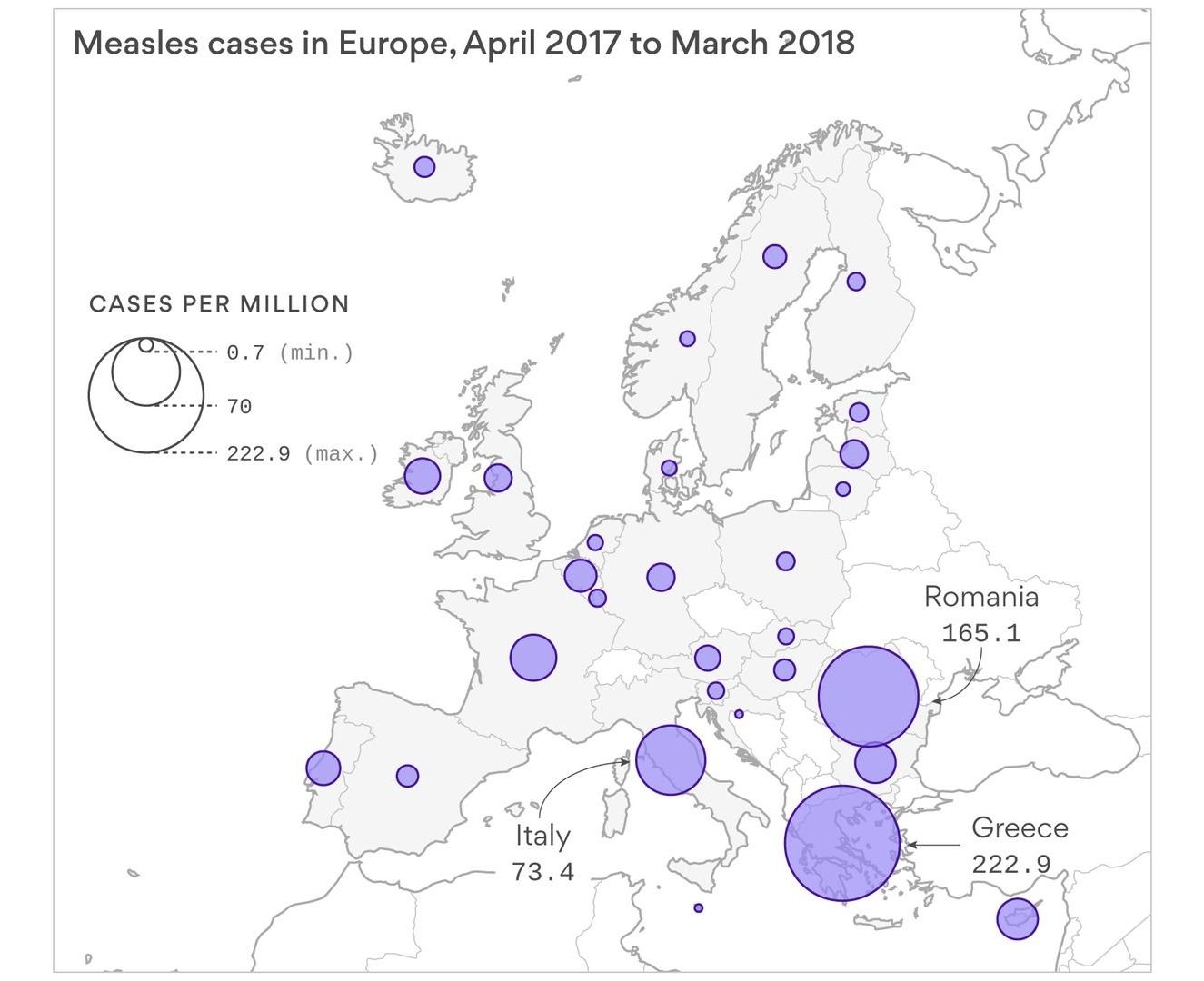
Why it matters: Measles is a killer disease. It’s estimated that more than 2 million children a year died from measles in the 1980s, but due to global vaccine programs (including Gavi, the Vaccine Alliance launched in 2000), that number has been brought under 70,000 cases. The return of measles to Europe and the Americas could suggest that some of our vaccine successes could be reversing or unraveling. In the case of Venezuela, measles outbreaks are mostly due to the effect of broad economic problems on its health care system, but for Europe and the U.S. measles outbreaks show the effects of powerful and well-organized anti-vaccine movements.
What’s next: Vaccines do not cause autism, but more advocacy is needed to counteract the false claims of anti-vaccine groups. In April 2018, the European Commission proposed activities to strengthen the EU’s capacity to vaccinate its population and address what some call “vaccine hesitancy.” In the U.S., however, there are still 18 states that allow non-medical vaccine exemptions linked to personal or philosophical beliefs.
Peter Hotez is a professor and dean of the National School of Tropical Medicine at Baylor College of Medicine, where he is also director of the Texas Children’s Hospital Center for Vaccine Development, and the author of “Vaccines Did Not Cause Rachel’s Autism.”

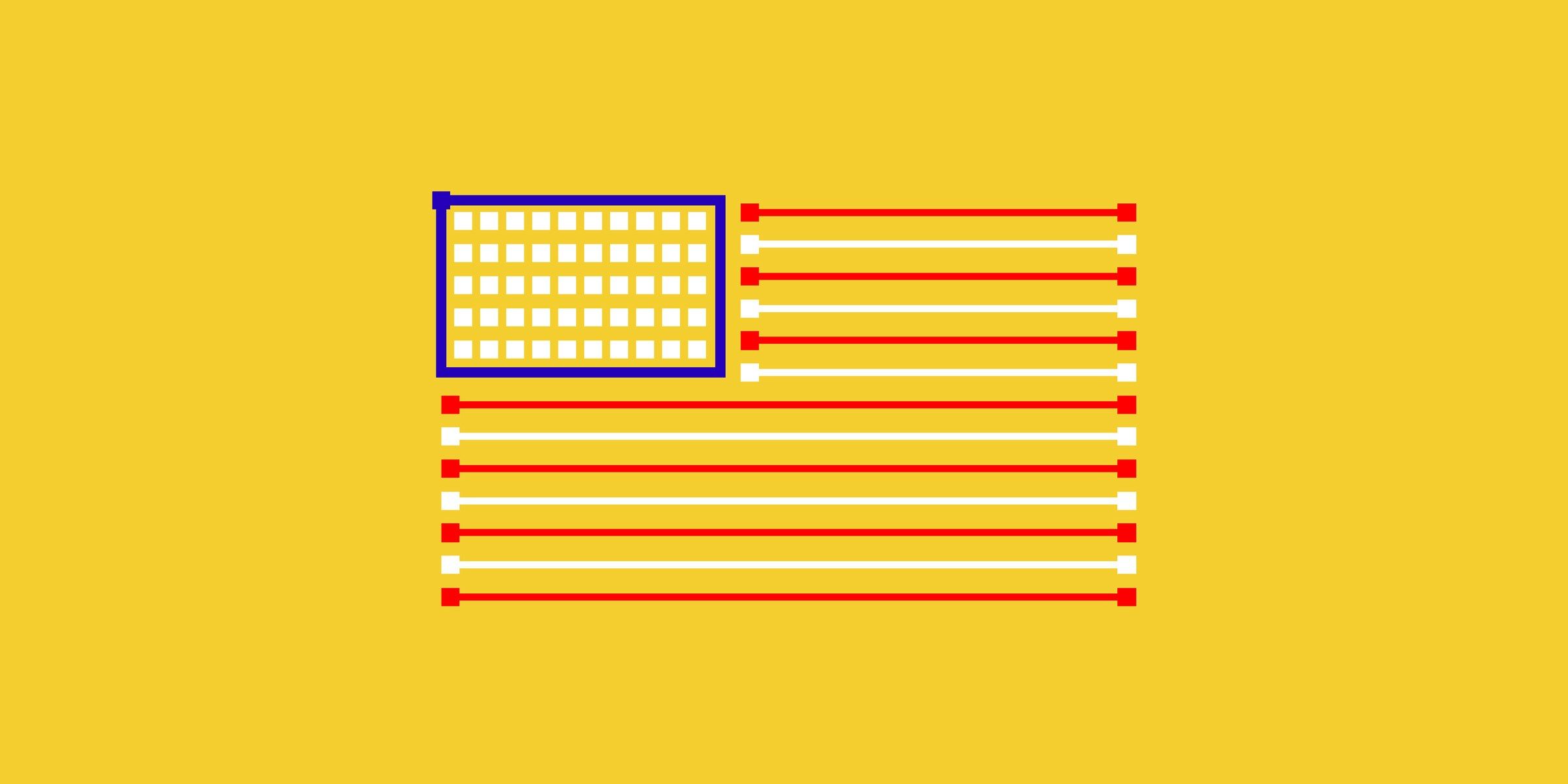
France isn’t alone. Last month, the European Union’s executive branch recommended its member states increase their public and private sector investment in AIt also pledged billions in direct research spending. Meanwhile, China laid out its AI plan for global dominance last year, a plan that has also been backed up with massive investment. China’s goal is to lead the world in AI technology by 2030. Around the world, our global economic competitors are taking action on artificial intelligence.
Opinion: Rep. John K. Delaney argues that if the United States wants a prosperous economy, it needs a national plan for artificial intelligence.

Professor Daniel Kahneman was awarded a Nobel Prize for his work on the psychology of judgment and decision-making, as well as behavioral economics. In this age of human/machine collaboration and shared learning, IDE Director, Erik Brynjolfsson, asked Kahneman about the perils, as well as the potential, of machine-based decision-making. The conversation took place at a recent conference, The Future of Work: Capital Markets, Digital Assets, and the Disruption of Labor, in New York City. Some key highlights follow.
P rofessor Daniel Kahneman was awarded a Nobel Prize for his work on the psychology of judgment and decision-making, as well as behavioral economics. In this age of human/machine collaboration and shared learning, IDE Director, Erik Brynjolfsson, asked Kahneman about the perils, as well as the potential, of machine-based decision-making. The conversation took place at a recent conference, The Future of Work: Capital Markets, Digital Assets, and the Disruption of Labor, in New York City. Some key highlights follow.
Erik Brynjolfsson: We heard today about algorithmic bias and about human biases. You are one of the world’s experts on human biases, and you’re writing a new book on the topic. What are the bigger risks — human or the algorithmic biases?
Daniel Kahneman: It’s pretty obvious that it would be human biases, because you can trace and analyze algorithms.

Many of us think we know what electronic waste is because we wonder what to do with devices we no longer want or need.
It’s the old cellphone and its charger stuffed in the drawer.
It’s that old laptop, monitor or printer packed behind the door or in the basement.
It’s also all those things we throw out that are exported overseas, and picked over by people who are either desperate for work, despite the health and environmental risks, or at the forefront of a new green economy, depending on the narrative you hear.